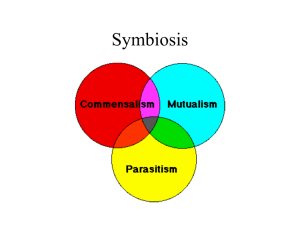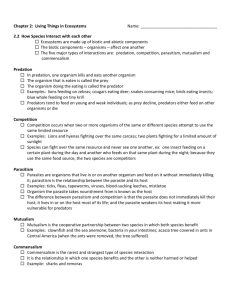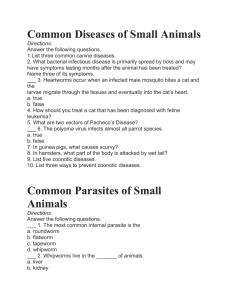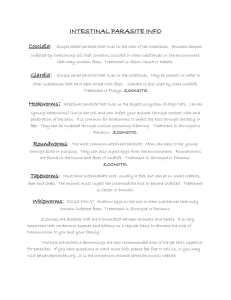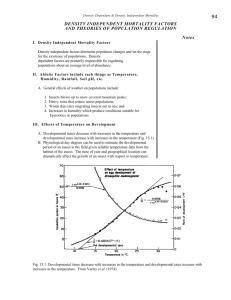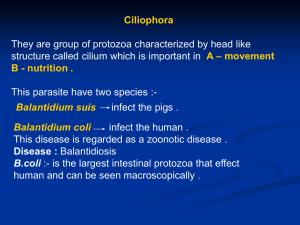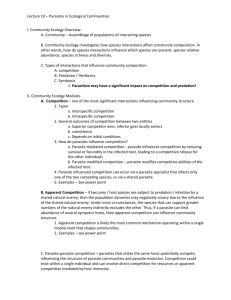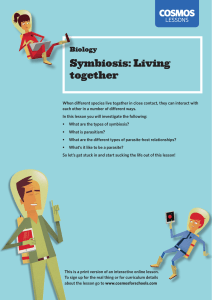Global Change and Plant
advertisement
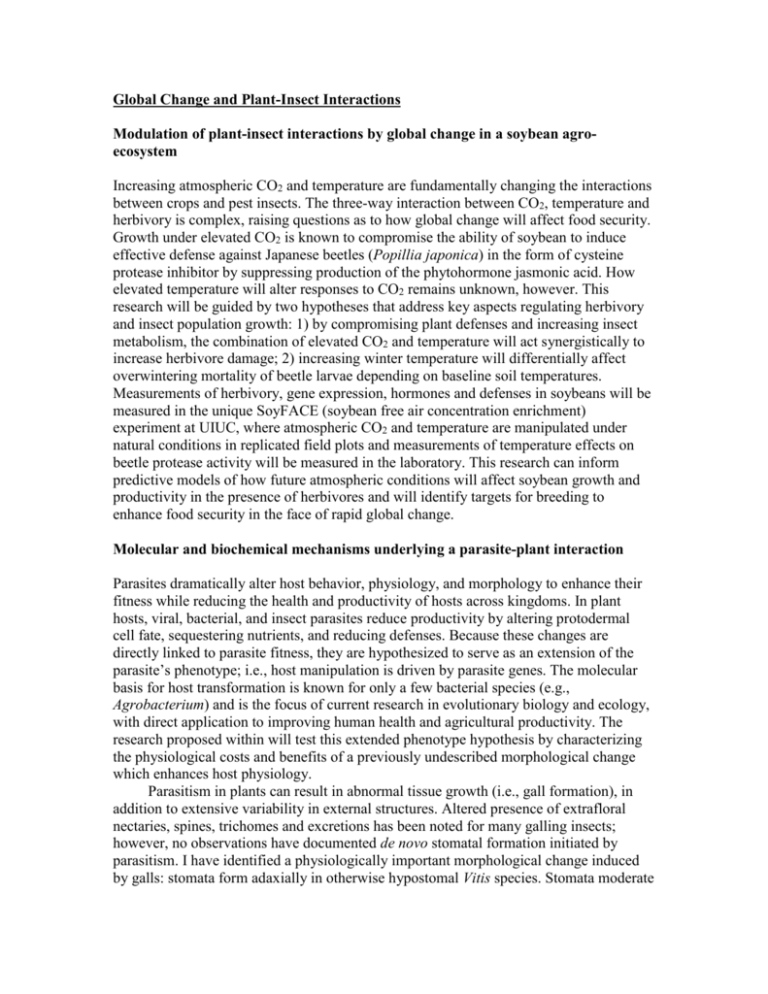
Global Change and Plant-Insect Interactions Modulation of plant-insect interactions by global change in a soybean agroecosystem Increasing atmospheric CO2 and temperature are fundamentally changing the interactions between crops and pest insects. The three-way interaction between CO2, temperature and herbivory is complex, raising questions as to how global change will affect food security. Growth under elevated CO2 is known to compromise the ability of soybean to induce effective defense against Japanese beetles (Popillia japonica) in the form of cysteine protease inhibitor by suppressing production of the phytohormone jasmonic acid. How elevated temperature will alter responses to CO2 remains unknown, however. This research will be guided by two hypotheses that address key aspects regulating herbivory and insect population growth: 1) by compromising plant defenses and increasing insect metabolism, the combination of elevated CO2 and temperature will act synergistically to increase herbivore damage; 2) increasing winter temperature will differentially affect overwintering mortality of beetle larvae depending on baseline soil temperatures. Measurements of herbivory, gene expression, hormones and defenses in soybeans will be measured in the unique SoyFACE (soybean free air concentration enrichment) experiment at UIUC, where atmospheric CO2 and temperature are manipulated under natural conditions in replicated field plots and measurements of temperature effects on beetle protease activity will be measured in the laboratory. This research can inform predictive models of how future atmospheric conditions will affect soybean growth and productivity in the presence of herbivores and will identify targets for breeding to enhance food security in the face of rapid global change. Molecular and biochemical mechanisms underlying a parasite-plant interaction Parasites dramatically alter host behavior, physiology, and morphology to enhance their fitness while reducing the health and productivity of hosts across kingdoms. In plant hosts, viral, bacterial, and insect parasites reduce productivity by altering protodermal cell fate, sequestering nutrients, and reducing defenses. Because these changes are directly linked to parasite fitness, they are hypothesized to serve as an extension of the parasite’s phenotype; i.e., host manipulation is driven by parasite genes. The molecular basis for host transformation is known for only a few bacterial species (e.g., Agrobacterium) and is the focus of current research in evolutionary biology and ecology, with direct application to improving human health and agricultural productivity. The research proposed within will test this extended phenotype hypothesis by characterizing the physiological costs and benefits of a previously undescribed morphological change which enhances host physiology. Parasitism in plants can result in abnormal tissue growth (i.e., gall formation), in addition to extensive variability in external structures. Altered presence of extrafloral nectaries, spines, trichomes and excretions has been noted for many galling insects; however, no observations have documented de novo stomatal formation initiated by parasitism. I have identified a physiologically important morphological change induced by galls: stomata form adaxially in otherwise hypostomal Vitis species. Stomata moderate gas exchange from the environment to mesophyll tissue within the leaf, and directly alter resource availability by regulating photosynthetic carbon gain and transpiration. Gallinduced stomatal formation provides a unique opportunity to test the extended phenotype hypothesis and determine if stomata enhance resource availability in response to parasitism (to serve the parasite), or in defense of parasitism, (to serve the host). Furthermore, characterizing the potential for enhanced gas exchange will test the subtending nutrition hypothesis; this correlates reduced defense and increased nutrition of gall tissue to parasite fitness, and is one of three competing hypotheses explaining the adaptive significance of the extended phenotype. The purpose of this research is to investigate the ecological and evolutionary significance of a physiologically important host adaptation to parasitism, and to elucidate the molecular mechanisms driving the adaptive morphology. Adaxial stomata form with increasing density in a gradient toward the insect parasite, Daktulosphaira vitifoliae, when attacking leaves of hypostomous Vitis spp. Stomata facilitate gas exchange in the plant, directly regulating photosynthate availability for both host and parasite. Altering resources by inhibiting stomatal function will test if this morphological change benefits host or parasite fitness. Organ morphogenesis in plants, including stomata and trichome formation, is regulated by a complex interaction of fatty acid signaling, hormones, and organ identity genes which alter cell cycle function. Subsequently, I will employ a genome wide investigation to elucidate the molecular basis for insect gall-induced morphogenesis. Intellectual merit: This research will characterize the molecular mechanisms underlying a physiologically significant morphological change induced in a plant by its coevolved insect parasite. It will provide insight into the selective pressures underlying the evolution of the galling habit, test the opposing hypotheses in the literature on adaptive morphology, and create the first genome-wide model of host changes under insect parasitism. Broader impacts: Results from this work will provide a foundational dataset for future comparative genomics research of parasite-host relationships in plants. Collaboration with a team completing the annotation of the genomic sequence of the parasite D. vitifoliae will help identify gene-for-gene responses between parasite and host in the world’s most economically important fruit crop. Finally, mapping the molecular basis for parasite-induced stomatal development in Vitis will elucidate the transcriptional control of the key morphology regulating plant gas exchange.
